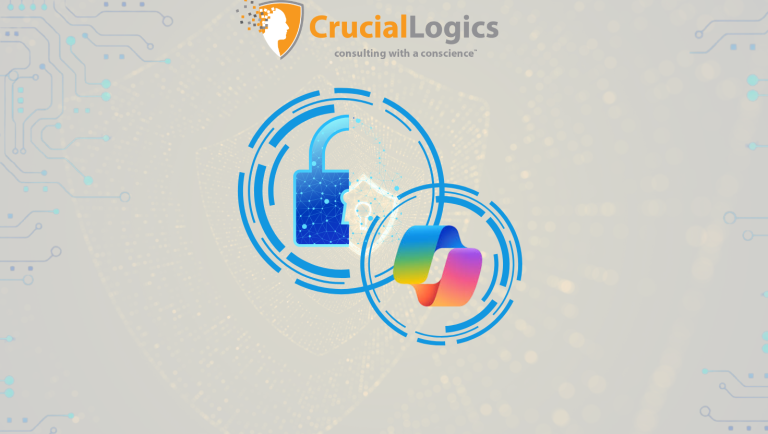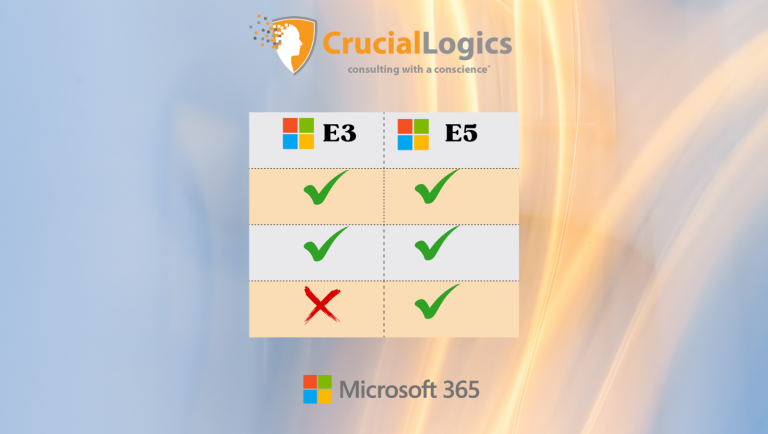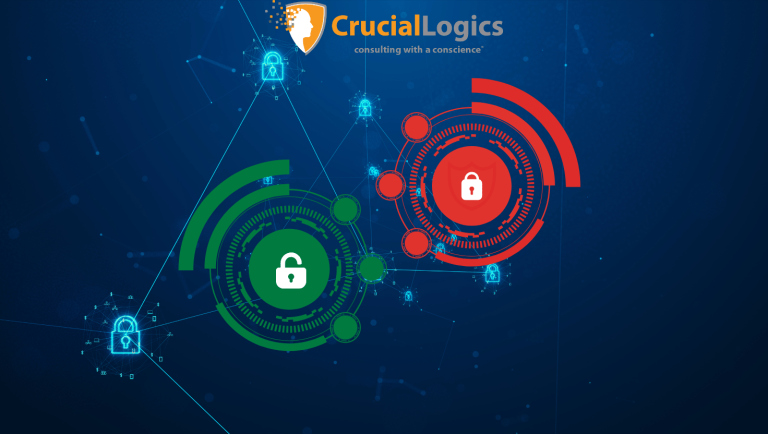The human factor remains the top challenge in organizational security. Your IT infrastructure could be well-structured, but improper cyber hygiene and lack of end user awareness can sometimes be a weak link in the proverbial security chain.
Endpoint security is a framework that helps to secure your IT infrastructure by protecting devices that connect to different parts of your network. These could be anything like BYOD (bring your own devices) mobile phones, laptops, workstations and servers.
Let’s explore the concept of endpoint security and how to apply it in your IT infrastructure to secure against threats.
What is Endpoint Security?
Endpoint security encompasses all activities that go into securing endpoint devices – mobile devices, laptops, desktops and servers. If we are leveraging zero-trust, the foundational concept of endpoint security will rely on explicit verification, breach assumption, and least privilege.
Key layers of endpoint security include identity, device, network and application security. Basic identity security entails implementing multi-factor authentication (MFA) to ensure only authorized user accounts can access the system, assigning different levels of trust, applying conditional access policies to verify the origin of access requests and geo-blocking to restrict access from high-risk regions. Solutions like Global Secure Access also control and monitor all traffic flow to Microsoft and internal resources.
How Unsecure Can Endpoints Get?
Attackers typically target the easiest entry points, often exploiting endpoints that lack proper security measures. Given an option between a hardened tenant and an unsecure endpoint, they’ll opt for the path of least resistance.
Software Vulnerabilities
Unpatched software remains one of the most exploited attack vectors in ransomware campaigns. Cybercriminals target outdated applications and operating systems, leveraging known vulnerabilities to gain unauthorized access. Once inside, attackers can escalate privileges, move laterally, and deploy ransomware payloads undetected. Organizations that fail to keep their software updated significantly increase their risk exposure.
Exploits in Applications
Attackers frequently exploit vulnerabilities in widely used applications, such as web browsers and productivity tools like Adobe Reader. These flaws serve as entry points, enabling bad actors to execute malicious code, escalate privileges, or deliver ransomware payloads. Organizations that rely on outdated software leave themselves open to such exploits, increasing the likelihood of a breach.
Behavioral Threats
Not all cyber threats have a recognizable signature. Advanced attackers often use legitimate tools maliciously, such as attempting unauthorized access or escalating privileges through utilities like PSExec. These tactics bypass traditional security measures, making behavioral threat detection critical for modern cybersecurity strategies.
Misconfigured Endpoints and Access Control Risks
Weak endpoint configurations that lack Microsoft Security Baseline policies and insufficient access controls create openings for attackers to exploit. Unrestricted Remote Desktop Protocol (RDP) access, lack of encryption, and improper permissions can leave systems vulnerable to unauthorized access and data theft.
A Modern Approach to Endpoint Protection
Modern endpoint security extends far beyond traditional signature-based detection. Today’s threats require a more sophisticated approach that includes behavioral scanning, real-time malware detection, and proactive defense mechanisms that work alongside the operating system itself.
Windows 11—and to some extent, Windows 10—incorporates many of these capabilities natively, reducing the need for third-party solutions while strengthening overall security. By leveraging antivirus software and built-in technologies, organizations can create a more seamless, integrated approach to endpoint protection.
Attack Surface Reduction
One of the most effective security features built into Windows is Attack Surface Reduction (ASR). ASR is a native Windows security capability that prevents malicious behaviors at the operating system level. Organizations can manage ASR policies through domain settings, Intune, or local machine configurations.
ASR works by blocking high-risk system actions that attackers frequently exploit. For example, it prevents the execution of PSExec, a legitimate diagnostic tool that can be weaponized in lateral movement attacks. It also strengthens security within Microsoft 365 applications by blocking untrusted macros and restricting risky obfuscated script executions. Additionally, ASR applies protection to Adobe trying to spawn off unauthorized child processes by using predefined security rules to limit attack opportunities.
BitLocker Encryption
Another critical component of endpoint security is BitLocker encryption, which ensures that data remains secure even if a device is lost or stolen. BitLocker encrypts data at rest, making it inaccessible without proper authorization. This limits unauthorized users from extracting sensitive information through common offline attacks, reducing the risk of data breaches.
Windows Firewall
Windows Firewall is a key defense mechanism for regulating inbound and outbound traffic. By enforcing strict policies, it prevents unauthorized connections and limits the attack surface exposed to external threats. Organizations can use Windows Firewall to:
- Restrict Remote Desktop Protocol (RDP) traffic, reducing the risk of unauthorized remote access.
- Prevent lateral movement within a compromised network by blocking unauthorized internal connections.
- Control outbound connections, limiting potential exfiltration attempts.
Privileged Access Workstations: Strengthening Administrative Security
For organizations that require greater control over administrative access, Privileged Access Workstations (PAWs) provide an additional layer of security. PAWs enforce strict isolation for privileged accounts by restricting administrative tasks to designated machines (jump boxes) and forcing MFA at login. This approach ensures that high-risk administrative operations are performed in a controlled environment, reducing the likelihood of credential theft and unauthorized access.
Web Filtering: Blocking Malicious Online Threats
Web-based threats remain a significant attack vector, making web-filtering technologies essential to endpoint security. Windows integrates multiple filtering capabilities, including:
- Defender for Endpoint’s built-in web filtering blocks access to known malicious sites.
- Global secure access controls how internet traffic flows within an organization’s network.
- Blocking anonymous proxies and VPN backdoors reduces the risk of circumvention attempts.
A Modular and Integrated Approach to Endpoint Security
Microsoft Defender for Endpoint is designed as a modular solution, allowing organizations to aggregate all components – Antivirus, Attack Surface Reduction (ASR), encryption, and firewall. Unlike traditional third-party security suites, these components do not overlap but complement one another, forming a cohesive endpoint security strategy. Additionally, Defender for Endpoint integrates Microsoft-specific security measures such as ASR and Windows Firewall to enhance overall protection.
Beyond individual security controls, Microsoft’s ecosystem provides automated remediation and centralized visibility. Security teams can monitor and respond to threats through a centralized security portal (security.microsoft.com), where data from Defender for Endpoint, Intune, Microsoft Sentinel, and other security tools are aggregated. This unified approach ensures better consistency in detection, response, and remediation, reducing the complexity of managing multiple third-party solutions.
Conclusion
The consequences of unsecured endpoints can be far-reaching. From the perspective of organizational endpoint security, technology leaders play a role in endpoint security by strengthening privileged access, reinforcing all possible entry points and training end users to maintain good cyber hygiene.
At CrucialLogics, we help organizations create a multi-layered defense to secure endpoints. To learn more about how to secure your organization, speak with us today.






